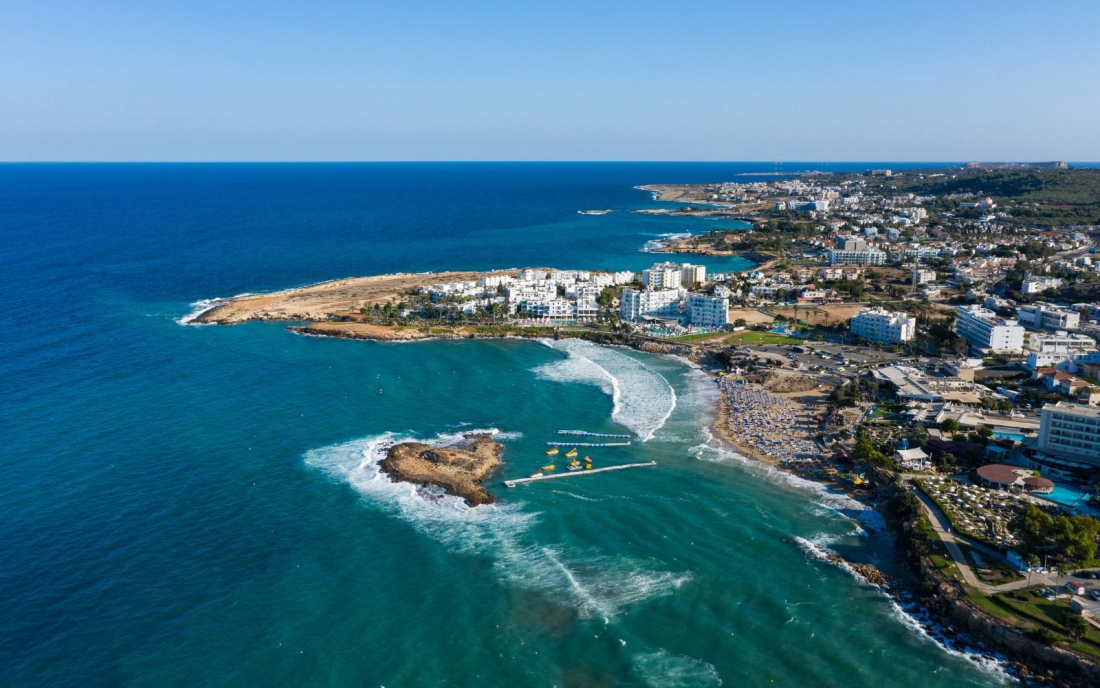With a rugged coastline, interesting cultural traditions, seasonal festivals, panoramic viewpoints, and the oldest beech forest in the world, there’s no reason why Akita shouldn’t be on your Japan travel itinerary. The top spots of Hiroshima, Osaka, and Kyoto are always listed as must-visit destinations, but what about the untouched region of Tohoku in the northern part of the main island of Japan?
During our recent trip to Tohoku, we travelled around the prefectures of Aomori and Akita and were impressed by the raw beauty, tasty food and lack of foreign crowds in this part of the country. Read on to learn more about travelling to the rural Akita Prefecture, including the top things to see and do, what to expect, how to get around and more.
While we didn’t get to stay in the region too long, we were invited by the Tohoku Tourism Board which meant that we had a private driver and were able to see many different parts of the prefecture that may be missed by the average traveller. Their guidance made it possible to see a lot of the things that Akita and Aomori had to offer in a very short period of time.
Table of Contents
Don’t miss our Tohoku travel video, which showcases both the Aomori and Akita prefectures:
An Introduction to Akita
Prior to our recent trip to Japan, when I heard “Akita”, I always associated it with the breed of dog and didn’t realize it was actually a prefecture in Japan. Yes, this is where the Akita dogs are from, but there’s much more to this rugged area than that.
The Akita prefecture is one of 6 that comprises the lesser-visited Tohoku region, an area at the northern tip of Honshu Island. The capital city of the Akita prefecture is also called Akita…which makes things a little confusing.
We found nearby Aomori to have more outdoor activities available, but Akita felt more traditional and offered numerous festivals and events, plus some very unique cultural experiences.
Known for its steamy onsens, rice paddy scenes, well-preserved Samurai District, interesting folklore and for being the largest consumer of sake in the country, Akita is a very diverse place.
Due to agriculture and fishing being the main industries here, many younger people have migrated to the larger cities in search of jobs in other fields — as with many places in the world. While there are negative results of this exodus for the residents, as a tourist, you’ll find Akita to be a quieter, less-developed prefecture that holds on tightly to its roots.
For travellers, the Oga Peninsula, Shirakami Sanchi UNESCO World Heritage Site, Kakunodate town, and Towada and Tazawa Lakes are of particular interest. Plus, the food specialties here are divine!
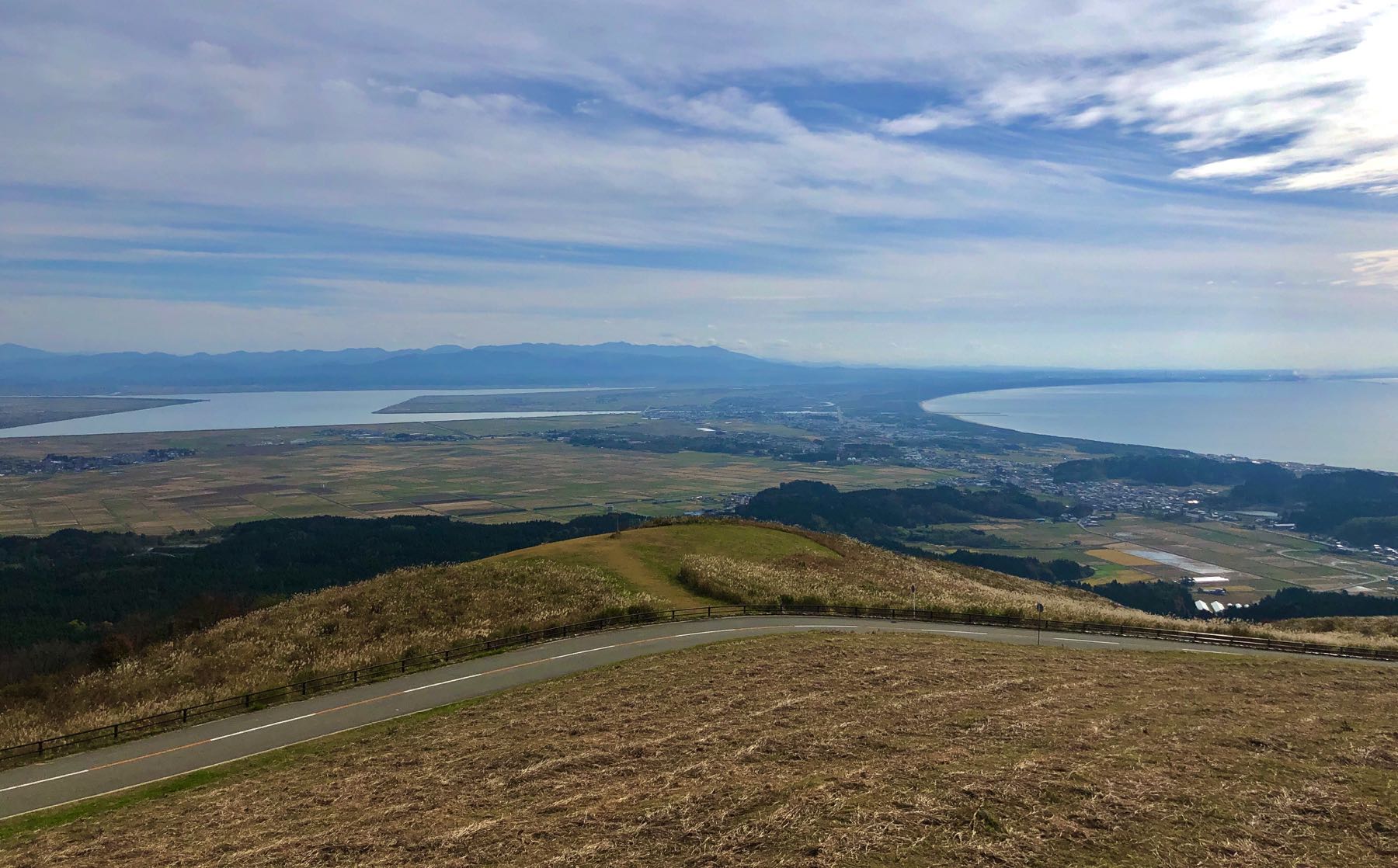
Things To See and Do in Akita
Whether you’re a culture seeker, outdoor lover, festival goer, or just a person who likes to get away from it all, you’ll find something in Akita. We wish we had more time to explore some other areas of the prefecture (Lake Towaza, for example), but based on our findings from our short trip, we would happily return.
Dine On Traditional Food
What’s so great about travelling in Japan is that each prefecture has its own cuisine. Sure, sushi and ramen are loved everywhere in the country, but make sure you sample the various regional foods on offer in each prefecture.
Here in Akita, you’ll want to try kiritampo and inaniwa noodles.
Kiritampo is a dish of cooked rice that has been mashed and pounded out, before being wrapped around a cedar skewer. The skewers of rice are then toasted over an open fire, and once cooked, the hollow cylinders of rice are added to many dishes.
We had kiritampo in a hot-pot soup when we first arrived in Akita, but some people eat it alone with miso dipping sauce.
Inaniwa noodles are one of the top 3 udon noodles in the country. The process of stretching, kneading, drying and repeating is what makes these noodles so chewy and smooth (and popular!).
You can try inaniwa all around Akita, but especially in Akita City and Yuzawa.

The next fabulous dish we sampled was made with thin, boiled wheat noodles. Having eaten lots of ramen, soba and udon noodles in the past, it was interesting to try cold noodles. They weren’t just cold from the fridge, or run under cold water, but they were actually served with ice cubes on top.
We dipped the noodles in tsuyu sauce with ginger and chives and slurped up every last one.
Learn About The Namahage
We visited the Namahage Museum in Oga and the reenactment of the yearly festival was one of the most interesting, yet frightening performances we’ve seen.
On New Year’s Eve in Oga, the Namahage (men dressed in straw outfits and wearing demonic masks) go door to door, stomping around the villager’s homes looking for misbehaved children. They warn the families against laziness and order the children to study hard and obey their parents and grandparents.
Their voices are deep and raspy!

At the end of the act, the head of the household (a man) calms the Namahage by offering them sake and some food. The Namahage then wish the family good fortune and luck for the coming year.
While children are certainly petrified of the Namahage (who wouldn’t be with these evil-looking characters bursting into your home in the night!), they’re actually considered gods and this tradition is one that is looked forward to by all people of Oga.
It’s also been listed by UNESCO as Intangible Cultural Heritage.
To get to Oga from the Akita Train Station, take the 1-hour train journey on the Ou Line. This is a JR train and is included in your JR Rail Pass. Once at the Oga Station, walk towards the bus station (about 4 minutes away), and look for the Namahage Shuttle bus. It’s about a 25-minute bus ride to the museum. Of course, you could also take a taxi.

Watch Sunset From The Oga Peninsula
While you’re in Oga, don’t miss this amazing coastal sunset spot.
Cape Nyudozaki is the most northern part of the peninsula and is where you’ll find a lighthouse of the same name. This rocky coastline is the best spot to watch sunset in Akita — and actually, it was selected as one of Japan’s top 100 sunset views.
To the southern end of the peninsula, you’ll find the famous “Godzilla Rock” which, when the sun sets behind it, creates a silhouette of Godzilla.
With a can of cold coffee in hand, we stood on the grassy point and watched as the sun dipped towards the Sea of Japan. This is a great way to end the day in Akita. Click here for directions to Cape Nyudozaki.
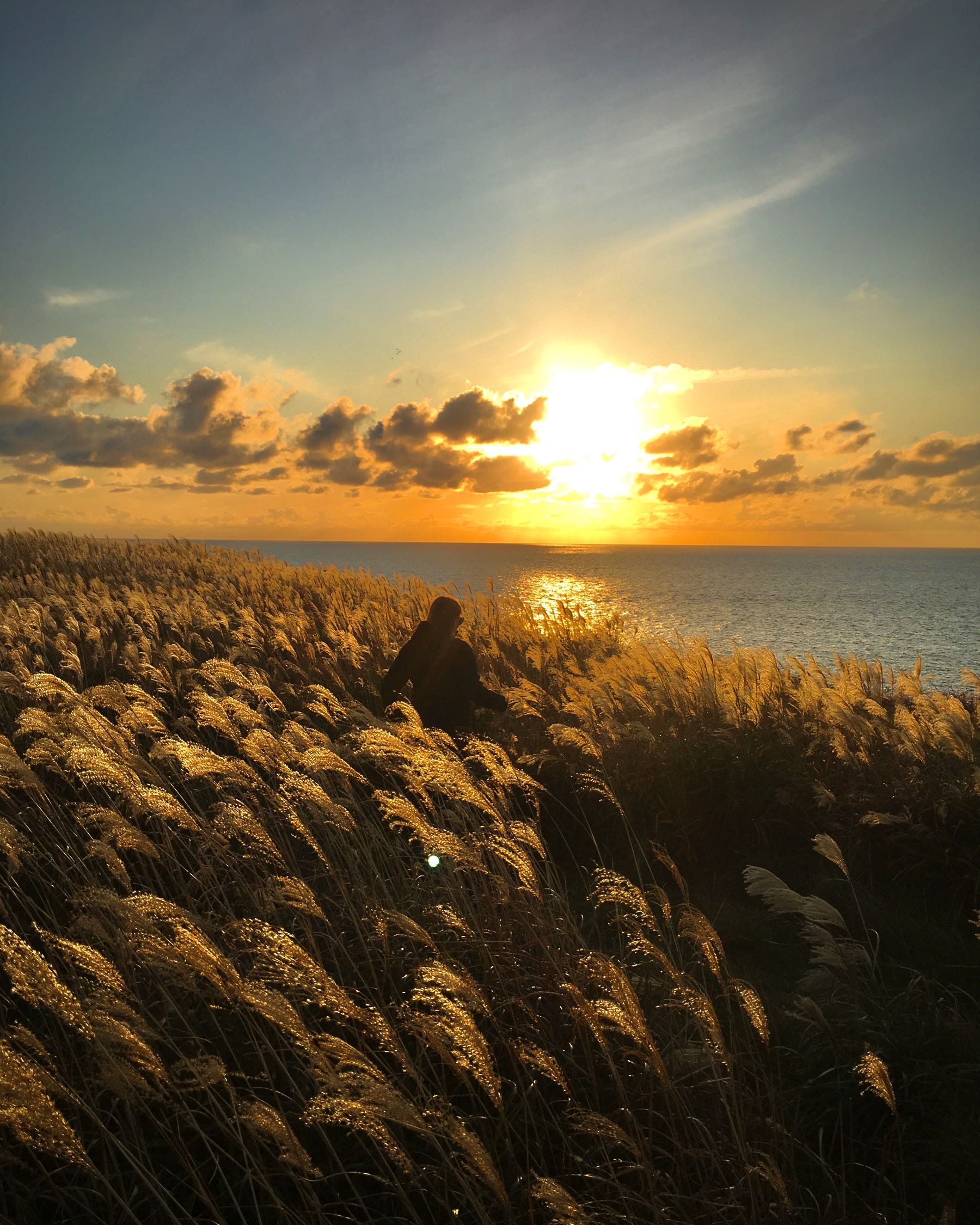
Be Entertained by Geisha and Maiko
Here in Akita, the Kawabata Geisha culture used to be very prominent. But, as with many things, over time it sort of died off and typically you can now only see Geisha and Maiko (Geisha in training) in Kyoto. Thankfully, the culture is making a comeback due to the efforts of Ms. Chinatsu Mizuno, the CEO of Sen Inc. (See her TEDx talk in the video below.)
One of the places you can see this culture is at Kaneyu in the city of Noshiro, which used to be an upper-class Japanese restaurant. These days, while the restaurant isn’t in full operation, the 80-year-old building can be viewed by tourists, and you can rent out a room for a pre-arranged meal, complete with Geisha and Maiko.
Tatami mats line the floor of the narrow hallways and meeting rooms, quality cedar wood was used in the construction of the building, and each room has something different to offer (including secret doors and windows!).
As we entered into one of the main rooms, we were greeted with little tables on the floor, with a tray of traditional food waiting for us. Two Maiko and one Geisha were hired for our lunch and we were able to witness an authentic, elegant performance complete with singing, dancing, and playing of string instruments.
The women poured beer for us and we chatted about life (yes, they spoke some English!).
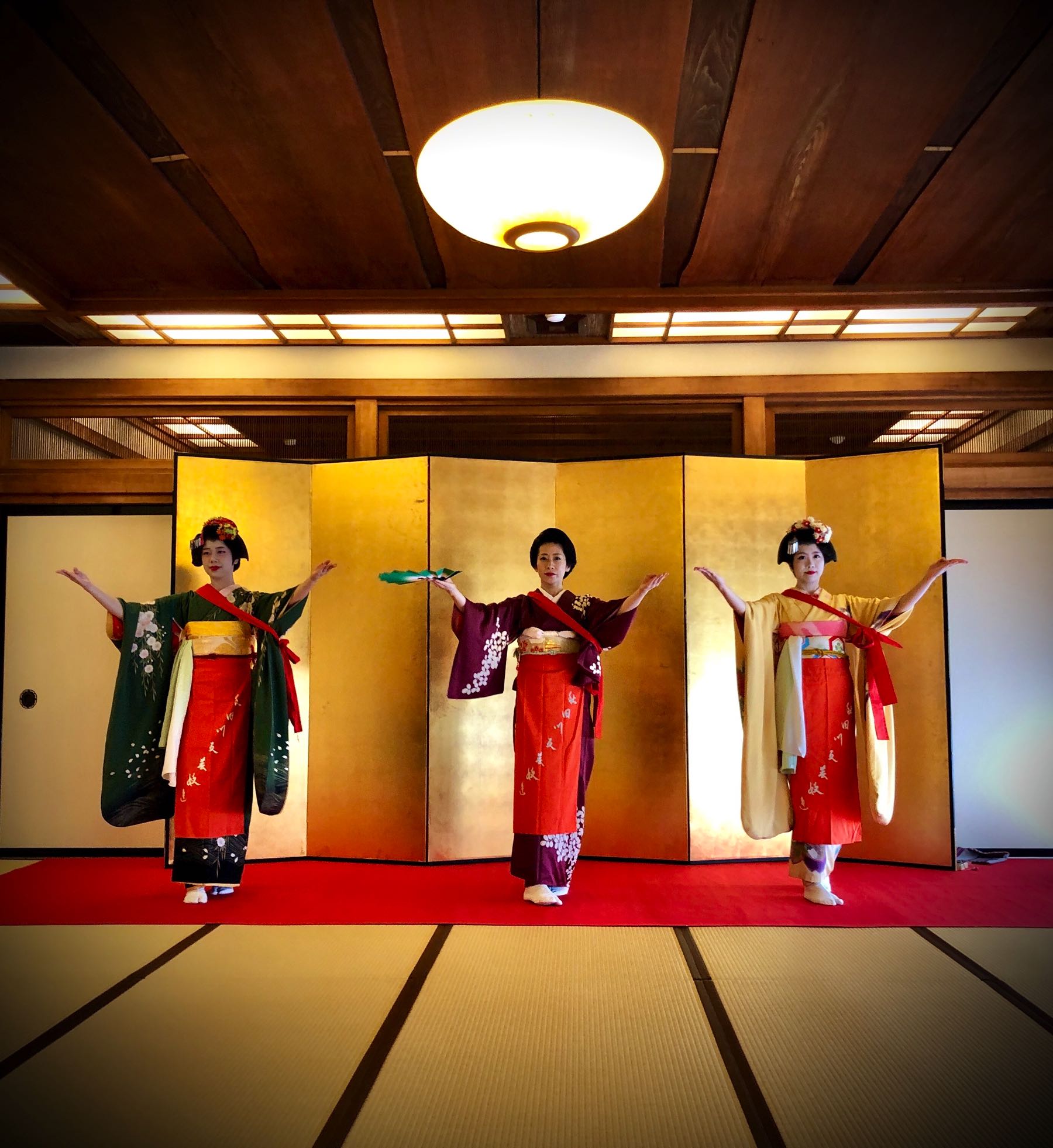
Wander Around The Park
Japanese cities always have well-manicured parks, and Akita City is no exception. Visit Senshu Park and wander around the grassy area, explore the Kubota castle and check out the ponds and shrines. This large park is a nice, quiet spot in the city.
Note, there are also Akita dogs here for visitors to see. When we were told this, we assumed the dogs would be on a leash and walked around the massive park, but when we arrived, we saw one sad dog in a kennel. The cage was basically the size of him. As dog-lovers and people who can see a better solution to showcasing these animals, we would recommend that tourists avoid this “attraction” in the park.

Witness A Festival
Every August in Noshiro, the Noshiro Tanabata “Tenku-no-Fuyajou” festival takes place. During this time, elaborate lanterns are paraded through the street. But, they aren’t just small floats, these castle-shaped lanterns are around 24 meters tall! Since these are lightweight lanterns, if it’s windy the show will be postponed. We saw a replica of what the lanterns would look like, and it was so intricate. To learn more about this festival, click here.
If you’re visiting Akita in the winter, don’t miss the Yokote Kamakura Snow Huts Festival where little snow huts (similar to igloos) are illuminated and the local children invite people inside to serve them refreshments and treats.
If fireworks are more your thing, you’ll want to time your visit for one of the quarterly Omagari Fireworks Festivals taking place in the city of Omagari. These competitive festivals are some of the best in the entire country. Click here to learn more.
Akita prefecture has numerous festivals throughout the year, so no matter when you visit, there should be an exciting event taking place.
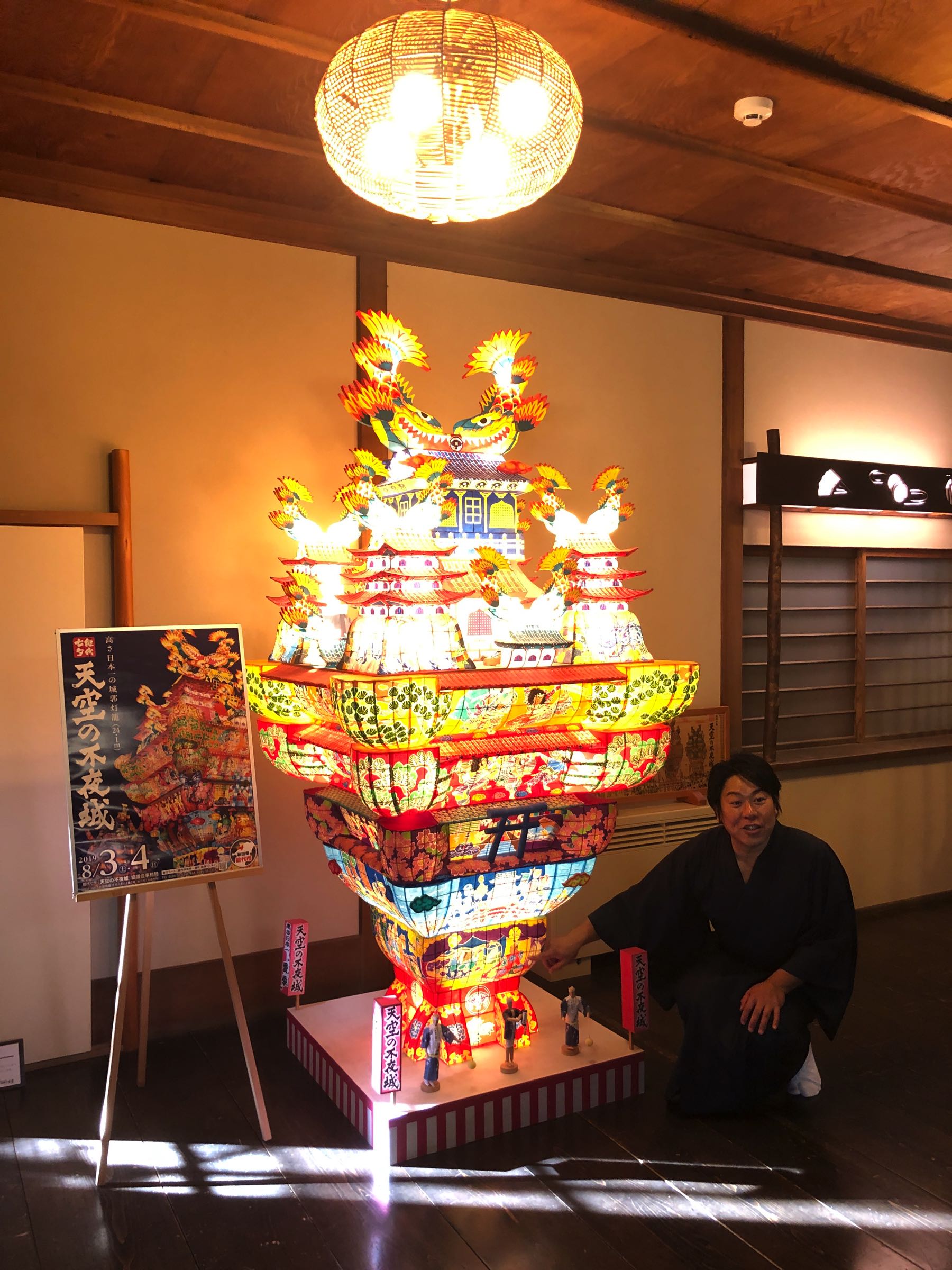
Visit Shirakami Sanchi
Another UNESCO certification for Akita! Sharing part of the nature reserve with the neighbouring prefecture of Aomori, this130,000 hectares (321,000 acres) site is one you don’t want to miss.
This pristine place is great for hiking and visiting lakes while being surrounded by the largest beech forest in the world. There are many trails to explore here, and while the Juniko Lakes are on the Aomori side of the reserve, it’s worth visiting here as well. We spent a few hours hiking around here and enjoying the autumn leave colours. Check out this great English map of the area.

Soak in An Onsen
You can’t come to Japan without soaking in an onsen (Japanese bath). Here in Akita, there are many amazing baths that you don’t want to miss.
The Nyuto Onsenkyo is an area in the mountains that offers exceptional ryokan and onsens. The onsens here vary depending on where you go, but all of them are outdoors, allowing you to be completely surrounded by nature.
Sitting outside while soaking in an onsen is one of the top things to do in all of Japan, and here in Akita there are some of the best onsens in the country. Don’t miss Taenoyu, Ganiba, Magoroku and more. Click here to learn about the various onsens in Akita, and click here to learn about our personal experience in Japanese public bathhouses — including the do’s and don’ts.
Transportation In and Around Akita
Getting to Akita from Tokyo is simple. Take the direct Akita Shinkansen Komachi 1 train from Tokyo Station and arrive at the Akita Station around 4 hours later. This train is included with your JR Rail Pass.
The Shinkansen bullet trains are fast (320 kilometers/hour or 200 miles/hour), spotlessly clean and very efficient — to the minute.
Once you’re in the Akita prefecture, you can get around by bus, train, taxi or rental car. I wouldn’t recommend hiring a car for your entire trip to Japan (due to costs and the fact that the train is so efficient), but renting a car for a day trip is a good idea.
There’s a tourist shuttle bus that will take you around the Oga Peninsula, stopping at all points of interest, including the Oga Hotspring Village, the Namahage Museum, and the Nyudozaki cape. It’s 3,500 yen ($32) for an unlimited ticket, valid for 2 days. If you’d just like to go to one place, prices vary from 1,000 yen ($9) – 2,500 yen ($23). See details on the website here.
Final Thoughts
The Tohoku region of Japan really surprised us with all that it had to offer. This northeastern area of Japan is filled with offtrack adventures, cultural highlights and gentle, welcoming people. After our short exploration of Akita prefecture, one thing became very clear — we need to return to this part of Japan and explore more. Each season has something unique to offer travellers, and even though Akita is mainly known for its cultural experiences, adventurous travellers and foodies will enjoy this part of Japan as well.

(Lead image courtesy of Shutterstock.com, all other images are by Goats On The Road).
We were invited by the Tohoku Tourism Board to explore the region and share our findings with you, our readers. This is an area of Japan we would happily return to and would love to spend more time here. As with all promotional campaigns on Goats On The Road, all thoughts, reviews, and opinions remain our own — despite any complimentary services received.
Like This Article? Pin it!




